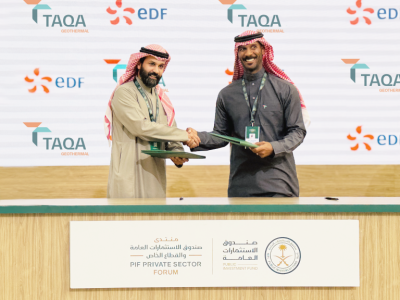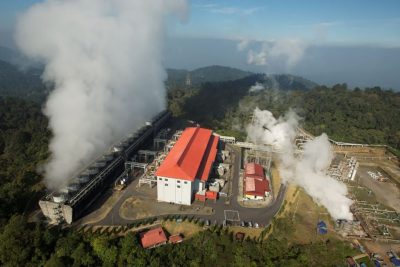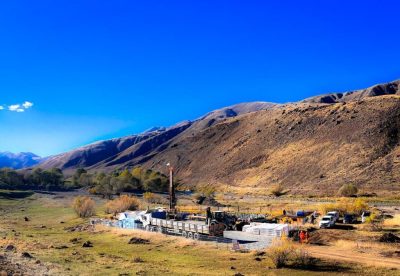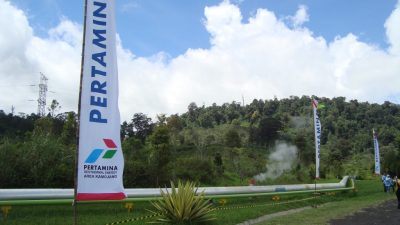Indonesian geothermal sector seeing renaissance
Indonesia and the Sarulla project are rising in popularity. This might be the ascension of geothermal in the country, specially considering the imperious need from Indonesia to rapidly increase its electricity supply while keeping in check the CO2 emissions in the near future.
With the announced big project of Sarulla and pending new geothermal legislation, the geothermal sector in Indonesia might be seeing a renaissance after years of hope but little action.
Two recent articles describe what is happening, the first, the Nikkei Asian Review points out that Sarulla is a bit of a game changer since it will be the largest geothermal project worldwide and bolstering renewable energy as a viable and competitive option available for Indonesia. “The government has realized that they have to prioritize geothermal energy,” says Abadi Poernomo, head of the Indonesian Geothermal Association and a former chief executive of the geothermal business of Pertamina, the state-owned energy company. “Geothermal energy could be a triple win for developing countries: clean, reliable, locally-produced power,” noted World Bank managing director Sri Mulyani Indrawati at the launch of the bank’s geothermal development plan last year. “And once it is up and running, it is cheap and virtually endless.” This has not happened without surpassing a significant amount of hurdles, since Indonesia faces the daunting task of increasing electricity supply to keep pace with 9% growth in annual demand while simultaneously cutting greenhouse gas emissions by at least a quarter by 2020. Giving Renewables a fighting chance and with the right mitigation tools, this task would be more achievable.
In this exact point, the second article from Global Indonesia Voices states that “Overall, tangible steps taken towards developing the renewable energy sector in Indonesia is a welcomed news. In terms of economy, the potential success of the project will alleviate the government’ spending pressures on electricity subsidies, freeing the budget to further support other infrastructure investments. It will also create more jobs for people when the plant starts operating. Moreover, if the construction and operation proceed smoothly, the Sarulla project has the potential to supply the Indonesian market with continuous stream of clean energy, thus eliminating huge amounts of carbon dioxide emissions from the air and protecting the environment from further irreversible harm”
For more details on both articles, please follow the links bellow:
Sources: Nikkei Asian Review and Global Indonesia Voices


















